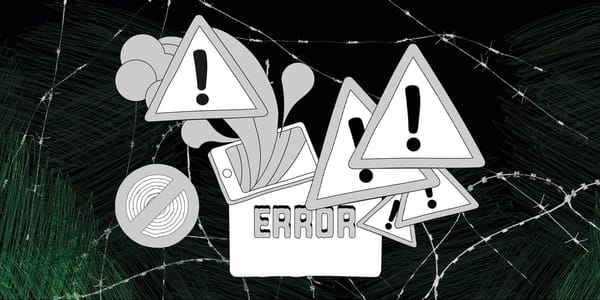Global nuclear spending increased to $91 billion in 2023, with the U.S. spending the most

A Swedish think tank reported on Monday that the nine countries with nuclear weapons are updating and improving their arsenals. In 2023, these countries have become even more dependent on these weapons for their security.
“We have not seen nuclear weapons playing such a prominent role in international relations since the Cold War,” said Wilfred Wan, director of the Stockholm International Peace Research Institute’s weapons of mass destruction program.
Earlier this month, Russia and Belarus started another round of military exercises to train their soldiers in using tactical nuclear weapons. This is part of Russia's plan to stop Western countries from giving more support to Ukraine.
In another report, the International Campaign to Abolish Nuclear Weapons (ICAN) said that the nine countries with nuclear weapons spent a total of $91.4 billion on them in 2023. This equals $2,898 every second. ICAN, a group of activists based in Geneva, won the Nobel Peace Prize in 2017.
The group said that global spending on nuclear weapons increased by $10.7 billion in 2023 compared to 2022. The United States was responsible for 80% of this increase. The U.S. spent $51.5 billion on nuclear weapons, which is more than all the other nuclear-armed countries combined.
“There has been a notable upward trend in the amount of money devoted to developing these most inhumane and destructive of weapons over the past five years,” said Alicia Sanders-Zakre, Policy and Research Coordinator with ICAN.
China was the next biggest spender on nuclear weapons at $11.8 billion, and Russia was third, spending $8.3 billion.
“All this money is not improving global security, in fact it’s threatening people wherever they live,” Sanders-Zakre said.
SIPRI estimated that around 2,100 deployed warheads were kept ready to launch on ballistic missiles, with almost all of them belonging to Russia or the USA. However, China is also believed to have some warheads on high alert for the first time.
“Regrettably we continue to see year-on-year increases in the number of operational nuclear warheads,” said Dan Smith, SIPRI’s director. He added that the trend will likely accelerate in the coming years “and is extremely concerning.”
Russia and the United States together have almost 90% of all nuclear weapons, according to SIPRI. Their nuclear stockpiles stayed mostly the same in 2023. However, Russia is believed to have deployed about 36 more warheads with their operational forces since January 2023.
In its SIPRI Yearbook 2024, the institute said that both Russia and the United States have become less open about their nuclear weapons since Russia invaded Ukraine in February 2022. There has also been more talk about how countries share nuclear weapons.
Washington stopped its strategic talks with Russia, and last year Moscow said it was stopping its participation in the New START nuclear treaty.
In January, there were about 12,121 nuclear warheads in the world. Around 9,585 of these were in military stockpiles ready for use. About 3,904 of these warheads were deployed on missiles and aircraft, which is 60 more than in January 2023. The rest were kept in storage.
In Asia, according to the institute, India, Pakistan, and North Korea are all working towards being able to deploy multiple warheads on ballistic missiles. The United States, Russia, France, UK, and China already have this capability, which allows for a quick potential increase in deployed warheads and the ability for nuclear-armed countries to threaten the destruction of a larger number of targets.
SIPRI emphasized that all the numbers were approximate, and the institute updates its data on global nuclear forces every year as new information becomes available and previous assessments are reviewed.





